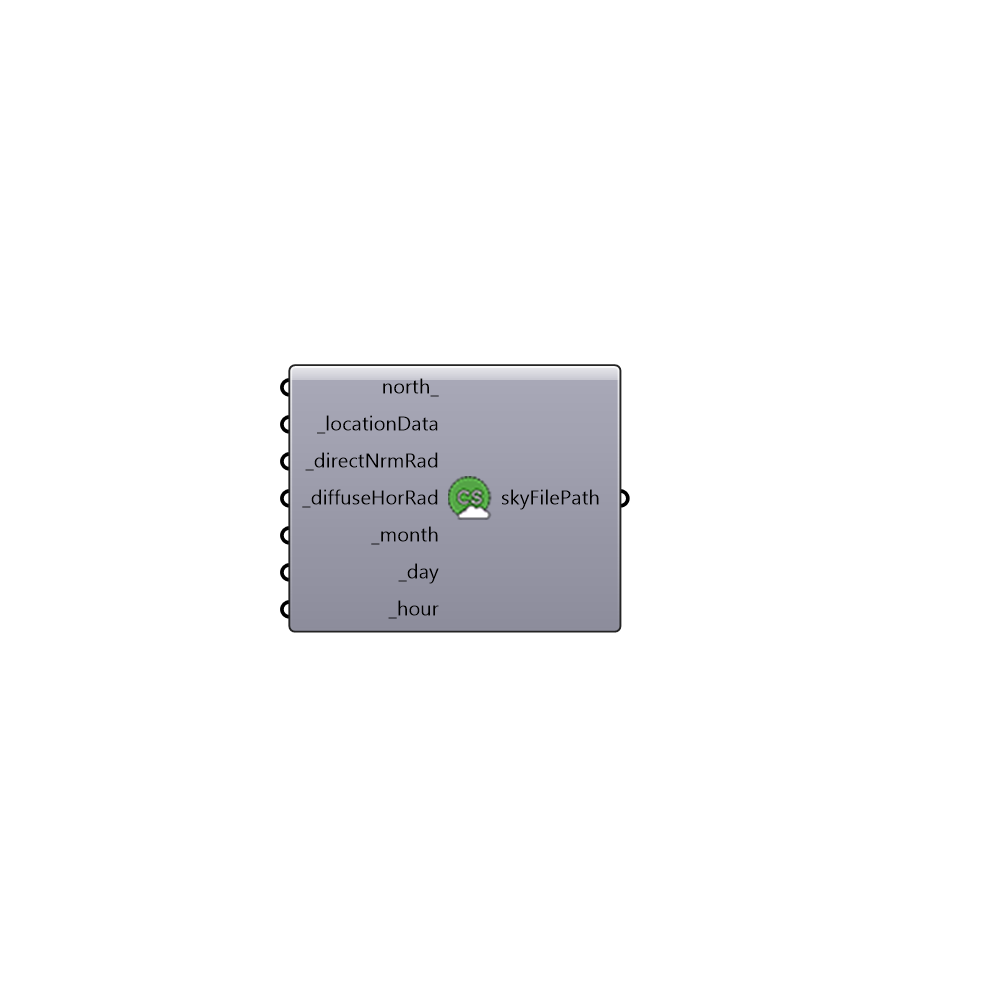Is there a way to generate sky with direct horizontal irradiance and diffuse horizontal irradiance?
Yeah this takes direct normal radiation not direct horizontal radiation
Isn’t it possible to calculate the normal direct value based on horizontal direct and the angle of incident?
There is a corresponding option in gendaylit to do so (which is what HB is using). I am not sure how accurate that sky would be though.
Just out of curiosity, how did you acquire direct horizontal irradiance?
Thanks @sarith,
I did not acquire it. This is one of the routes of performing point in time simulation for LEED V4 daylight credit. This route is Option-02.
In summary,
- they expect you to find brightest days withing 15 days of both the equinoxes.
- Then average the values of direct horizontal irradiance and diffuse horizontal irradiance for both the days.
- Generate a sky based on those average values
- Run point in time illuminance analysis for 9am and 3pm equinox.
I was trying to explore this option as there’s no workflow to calculate sDA as per IES LM-83.
I am not sure why they expect us to use the horizontal direct irrandiance instead of direct. I have looked at the Chapter 05 of Dr. John Mardaljevic’s thesis, that addresses the sky types. I noted that there also Direct normal irradiance is used to develop a custom sky.
Hi devang,
I’m also trying to achieve this simulation and I’m not getting anywhere. Have made any progress since you posted this thread?
I know I can get directNormRad, diffuseHorizRad and globalHorizRad values from the LB import epw file, but unfortunately, the HB generate custom sky component(as proposed by Mostapha) does not receive direct Horizontal irradiance values.
Any help would be much appreciated
hi mostapha,
I want to have an annual daylight analysis (DLA, UDLI,…) in a cloudy sky?
is it possible? I couldn’t find a way.
It’s possible in the LBT plugin with a few lines of scripting in GHPython. You’d essentially have to make a Wea that has only diffuse irradiance corresponding to what a cloudy sky would give you at each hour.
Is there a particular reason why you want to do this?
thank you very much.
I have a client that wants this as he said the cloudy sky represent worse situation which he want to be considered for annual lighting analysis
